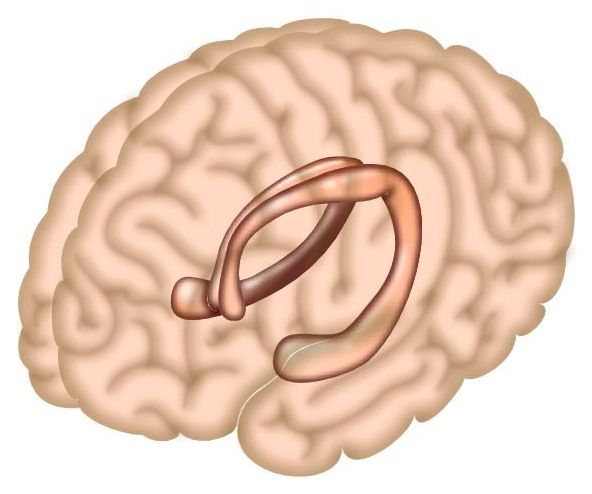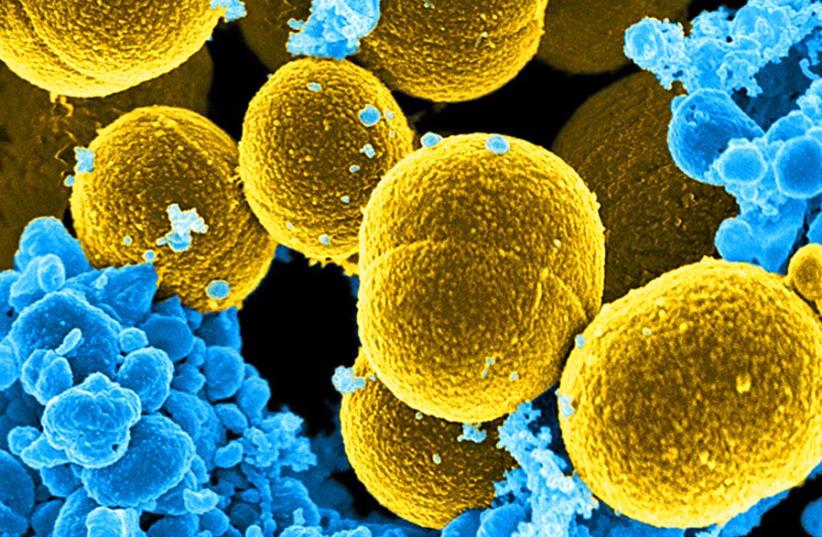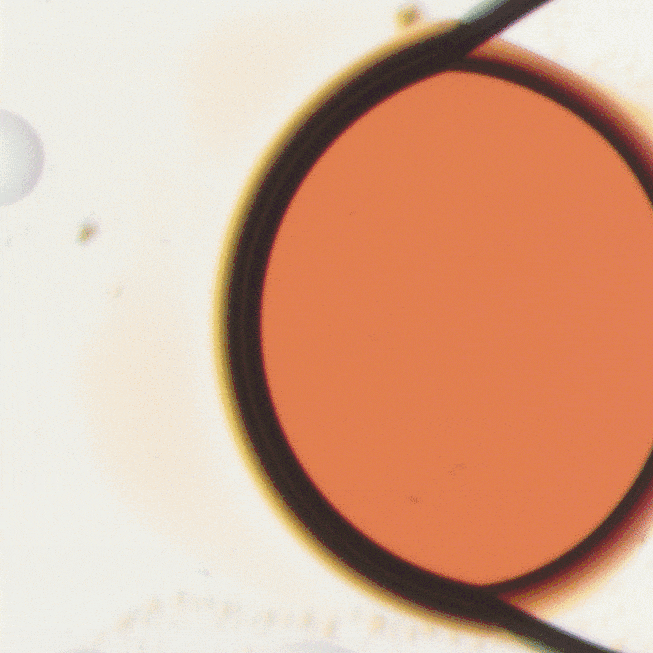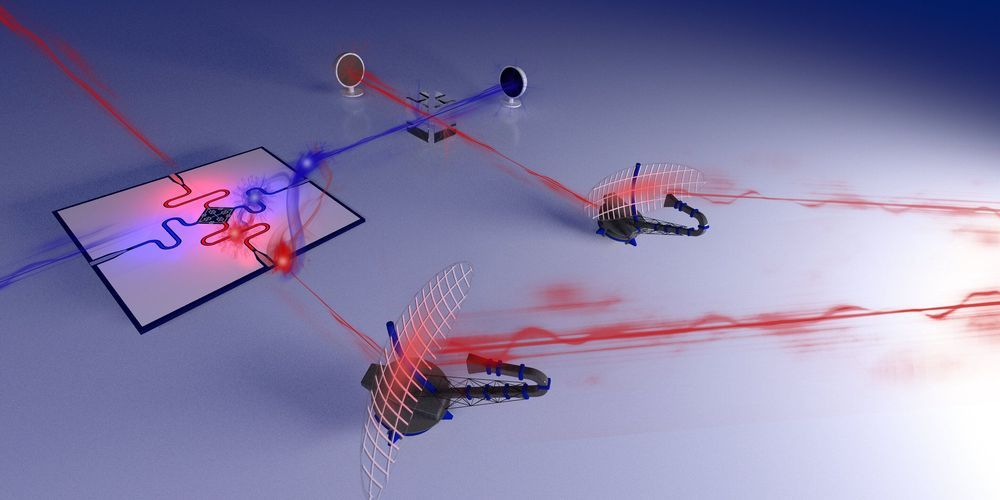Inducing human pluripotent cells.
Scientific Reports volume 10, Article number: 7752 (2020) Cite this article.

Inducing human pluripotent cells.
Scientific Reports volume 10, Article number: 7752 (2020) Cite this article.

A woman walking down the street hears a bang. Several moments later she discovers her boyfriend, who had been walking ahead of her, has been shot. A month later, the woman checks into the emergency room. The noises made by garbage trucks, she says, are causing panic attacks. Her brain had formed a deep, lasting connection between loud sounds and the devastating sight she witnessed.
This story, relayed by clinical psychiatrist and co-author of a new study Mohsin Ahmed, MD, Ph.D., is a powerful example of the brain’s powerful ability to remember and connect events separated in time. And now, in that new study in mice published today in Neuron, scientists at Columbia’s Zuckerman Institute have shed light on how the brain can form such enduring links.
The scientists uncovered a surprising mechanism by which the hippocampus, a brain region critical for memory, builds bridges across time: by firing off bursts of activity that seem random, but in fact make up a complex pattern that, over time, help the brain learn associations. By revealing the underlying circuitry behind associative learning, the findings lay the foundation for a better understanding of anxiety and trauma- and stressor-related disorders, such as panic and post-traumatic stress disorders, in which a seemingly neutral event can elicit a negative response.

A state-of-the-art disinfectant developed by the Israel Institute for Biological Research and distributed by Tera Novel is capable of killing 100% of bacteria, viruses, molds and some fungi, including the novel coronavirus.
“Our disinfectant works in a very different way from many others,” Tera Novel chairwoman Karen Cohen Khazon told The Jerusalem Post. “We also use hypochlorite, but in a very high [concentration] and we add some [additional ingredients] so that anywhere the disinfectant is sprayed, it becomes a very white film of gel which keeps the [material] on the surface for a while.”

Scientists have successfully developed a new technique to reliably grow crystals of organic soluble molecules from nanoscale droplets, unlocking the potential of accelerated new drug development.
Chemistry experts from Newcastle and Durham universities, working in collaboration with SPT Labtech, have grown the small crystals from nanoscale encapsulated droplets. Their innovative method, involving the use of inert oils to control evaporative solvent loss, has the potential to enhance the drug development pipeline.
Whilst crystallization of organic soluble molecules is a technique used by scientists all over the world, the ability to do so with such small quantities of analyte is ground-breaking.

Developing an ideal wound dressing that meets the multiple demands of safe and practical, good biocompatibility, superior mechanical property and excellent antibacterial activity is highly desirable for wound healing. Bacterial cellulose (BC) is one of such promising class of biopolymers since it can control wound exudates and can provide moist environment to a wound resulting in better wound healing. However, the lack of antibacterial activity has limited its application.
We prepared a flexible dressing based on a bacterial cellulose membrane and then modified it by chemical crosslinking to prepare in situ synthesis of nZnO/BCM via a facile and eco-friendly approach. Scanning electron microscopy (SEM) results indicated that nZnO/BCM membranes were characterized by an ideal porous structure (pore size: 30~ 90 μm), forming a unique string-beaded morphology. The average water vapor transmission of nZnO/BCM was 2856.60 g/m2/day, which improved the moist environment of nZnO/BCM. ATR-FITR further confirmed the stepwise deposition of nano-zinc oxide. Tensile testing indicated that our nanocomposites were flexible, comfortable and resilient. Bacterial suspension assay and plate counting methods demonstrated that 5wt. % nZnO/BCM possessed excellent antibacterial activity against S.aureus and E. coli, while MTT assay demonstrated that they had no measurable cytotoxicity toward mammalian cells.

Physicists at the Institute of Science and Technology Austria (IST Austria) have invented a new radar prototype that uses quantum entanglement as a method of object detection. This successful integration of quantum mechanics into devices could significantly impact the biomedical and security industries. The research is published in the journal Science Advances.
Quantum entanglement is a physical phenomenon whereby two particles remain interconnected, sharing physical traits regardless of how far apart they are from one another. Now, scientists from the research group of Professor Johannes Fink at the Institute of Science and Technology Austria (IST Austria) along with collaborators Stefano Pirandola from the Massachusetts Institute of Technology (MIT) and the University of York, UK, and David Vitali from the University of Camerino, Italy—have demonstrated a new type of detection technology called microwave quantum illumination that utilizes entangled microwave photons as a method of detection. The prototype, which is also known as a quantum radar, is able to detect objects in noisy thermal environments where classical radar systems often fail. The technology has potential applications for ultra-low power biomedical imaging and security scanners.
A large crowd of monkeys has been filmed brawling over a pot of yoghurt in a street in Thailand. A fall in tourist numbers amid the Covid-19 outbreak has resulted in far fewer people offering them food. The video was filmed in Lopburi, a city north-east of Bangkok that is famed for its monkey population
How to stop the spread of coronavirus ► https://www.youtube.com/watch?v=3jpXAMwRSu4
Support the Guardian ► https://support.theguardian.com/contribute
Today in Focus podcast ► https://www.theguardian.com/news/series/todayinfocus
The Guardian YouTube network:
The Guardian ► https://www.youtube.com/theguardian
Doctors at the Casey Eye Institute at Oregon Health & Science University in Portland have announced the first-ever use of the revolutionary gene editing tool, CRISPR, inside of a person’s body. The tool was used to modify the genes responsible for a particular form of inherited blindness, and those responsible for the pioneering effort say there is real potential here to not only restore the patient’s vision, but open up a new line of medicines specifically used to target and alter DNA.
In an Associated Press report, which comes via NBC, the companies that make the treatment used in the procedure, including Cambridge, Massachusetts-based Editas Medicine and Dublin-based Allergan, highlighted the possibilities moving forward if the trial proves to be successful. Charles Albright, chief scientific officer at Editas, said that “We literally have the potential to take people who are essentially blind and make them see.”
Scientists at the OHSU @CaseyEye Institute have injected a harmless virus containing #CRISPR gene-editing instructions inside the retinal cells of a patient with a rare form of genetic blindness. @NPR @RobSteinNews https://n.pr/3ar3l3M— OHSU News (@OHSUNews) March 6, 2020

EVANSVILLE, Ind., April 17 (UPI) — As produce sales at grocery stores surge during the coronavirus pandemic, one item is selling particularly well — mushrooms.
During the last week of March, fresh mushroom sales were up 18 percent over the same time last year, compared to an 8 percent rise in overall fresh produce sales, according to the Chicago-based data and analytics firm IRI.
“We take heart in those numbers,” said Eric Davis, a spokesman for the Mushroom Council, an industry group based in Redwood Shores, Calif. “We take heart that we’re in that group of staple items. You look for bright spots during this time, and that is one for us.”
